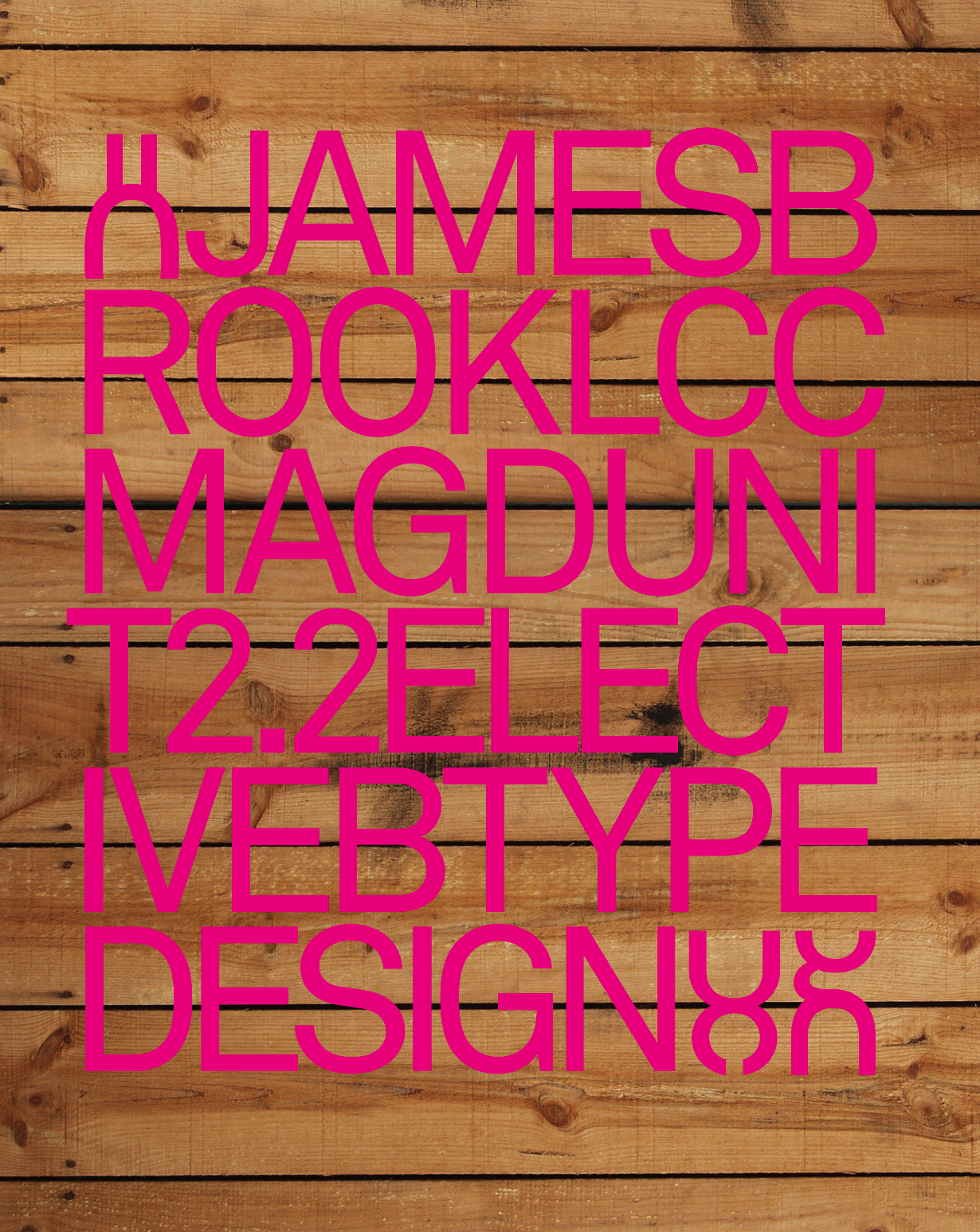
My research in Unit 2.3 Design and Rhetoric focused on language, in particular the relationship between speech, writing and typography. I researched the idea of typography as a faulty transmitter, a language at one remove from writing, which, in turn, is a language at one remove from speech. Informed by the linguist Ferdinand de Saussure’s concepts of linguistics and semiotics, I am interested in how thought is mediated through writing and how ideas are disseminated through print.
My research looked at how meaning might be – if not fixed – then amplified by typography. I researched the ways in which designers use typography to direct or control the reading of a text. I was particularly interested in the construction of hierarchy using typography and how these interventions might be used to control, direct or manipulate the reader. I realised that, in terms of my outcome for the Major Project Proposal my work was lacking in focus. During the course of the study period, the focus of my research shifted: from work that attempted to amplify the authorial voice to work that also examined typographic hierarchy. I needed to find a focus for the project and a set of materials that I could use as a testing ground. I arrived at the idea of cookery books as a useful – and accesible – vehicle on which I could hang the ideas that I had been exploring.
One of the main reasons for picking recipe / cook books as an area of research is that I’m interested in the dichotomy between modernism and post-modernism, the push and pull between rationalisation and expressiveness. Cook books are an ideal vehicle because you have recipes that can be rationalised with typographic hierarchy, combined with the authorial voice or tone which can be presented in a more expressive way. My research will look at how Modernism informs the typographic hierarchy and layout of recipes and how the graphic language of cook books is created through graphic design.
My work for Design and Rhetoric had looked at how typography could intervene in a text, directing and controlling the reading of it. To inform my understanding of the relationship between language, writing and typography, I was reading texts such as Orality and Literacy by Walter J Ong. I was using these texts to make work that explored these ideas. This became problematic for two reasons: the work became too self-referential, a closed circle; I also realised that I was only scratching the surface of the texts that I was reading.
Without an in-depth understanding and comprehension of the context of the texts I was reading there was a danger that my attempts to amplify the meaning within those texts would remain superficial. I had also found that working with these texts made it difficult for my peer group to make constructive crtiticism about my work, without reading the texts themselves. I felt that recipe books offered a more accesible research subject, one which I have a previous knowledge of, and that would be fun and enlightening to pursue. In addition, I think my findings will have more relevance to other genres of book publishing than my previous research focus.
One of my main objectives of doing the MA is to better understand why I make design decisions and why I am drawn to certain styles of design. This research question will enable me to comprehend those decisions; it will expand my knowledge of design and enable me to articulate more clearly the thinking behind my design decisions.
This project will use my initial research into the relationship between language, text and typography to survey the typography of recipe/cookery books but will also be a platform for thinking about graphic design in the wider sphere of book design.















































